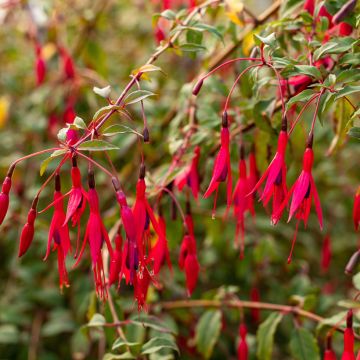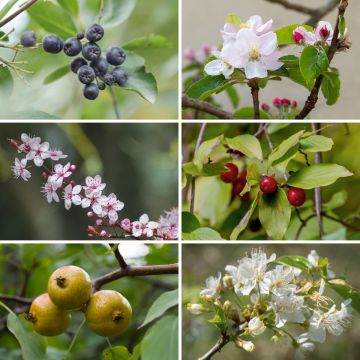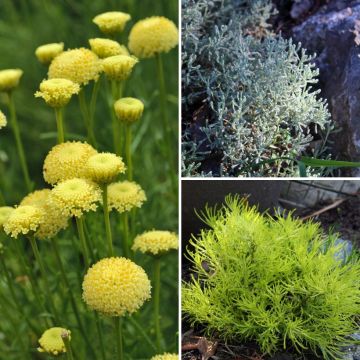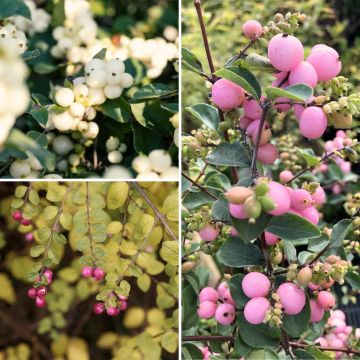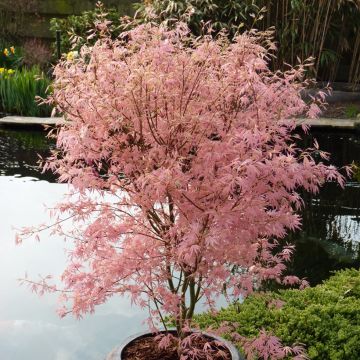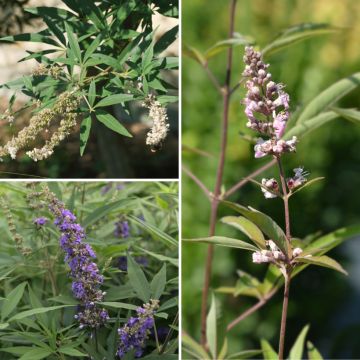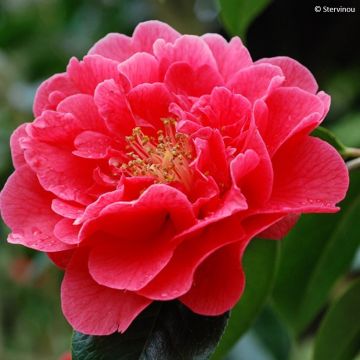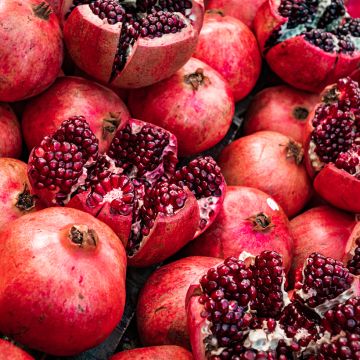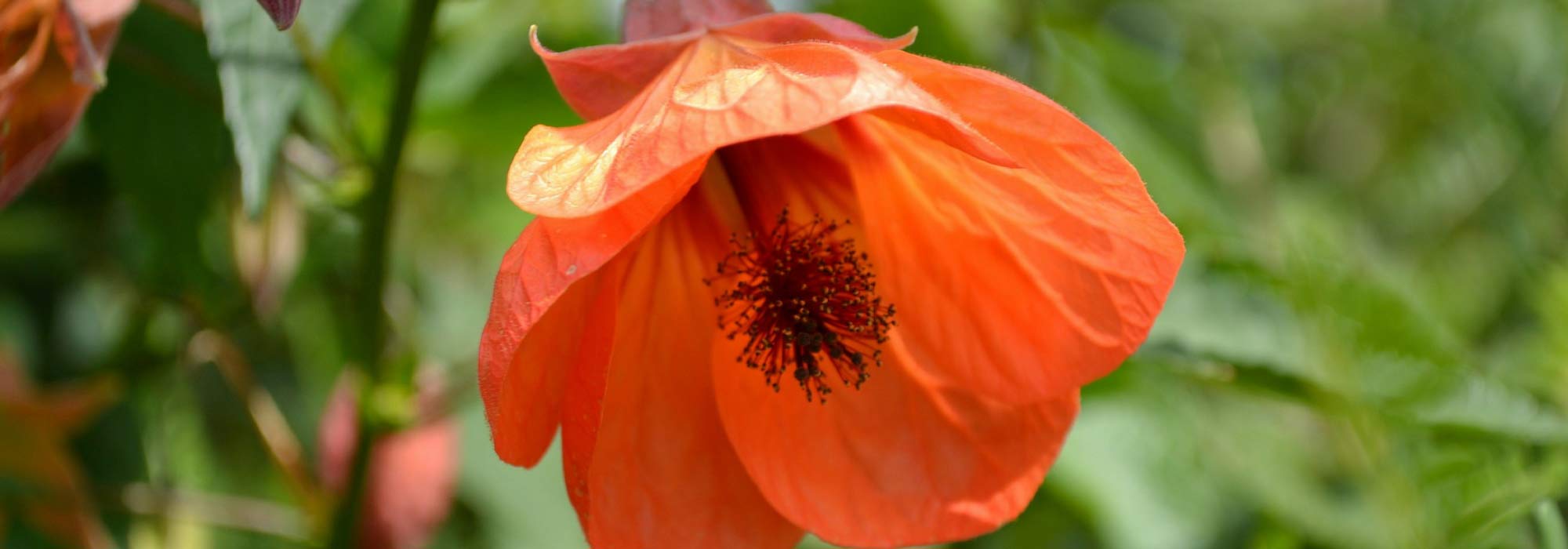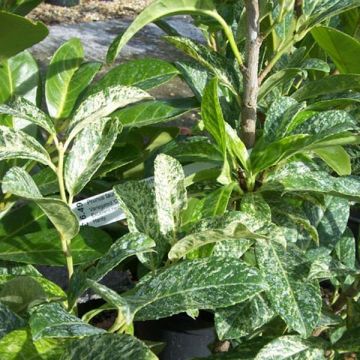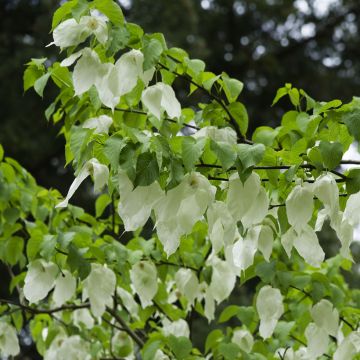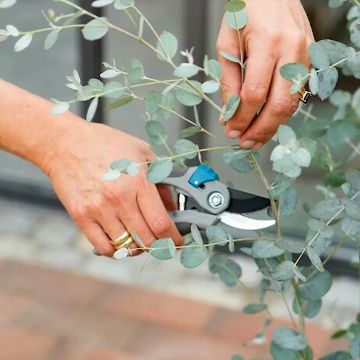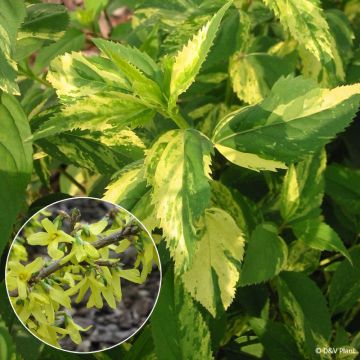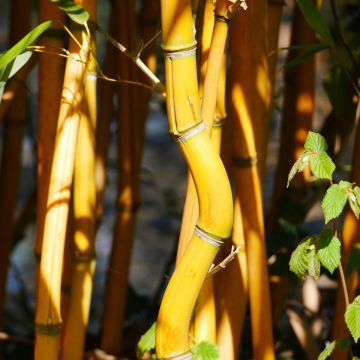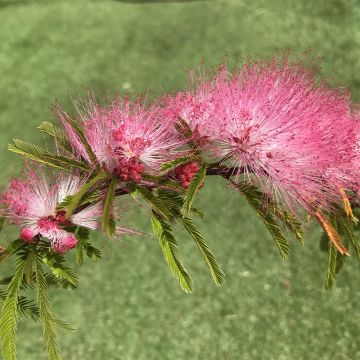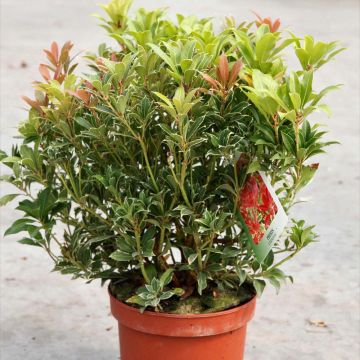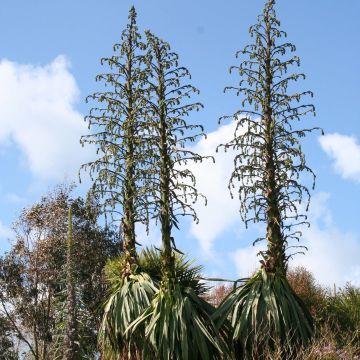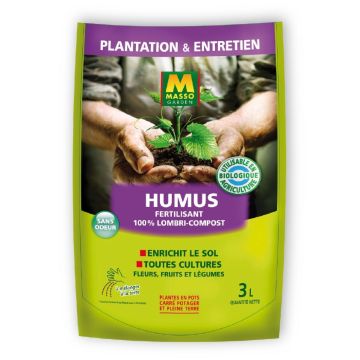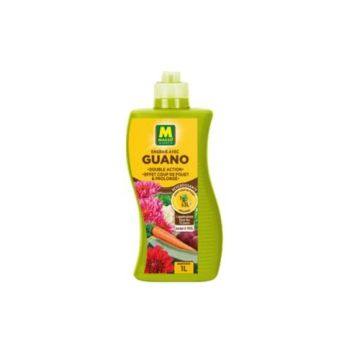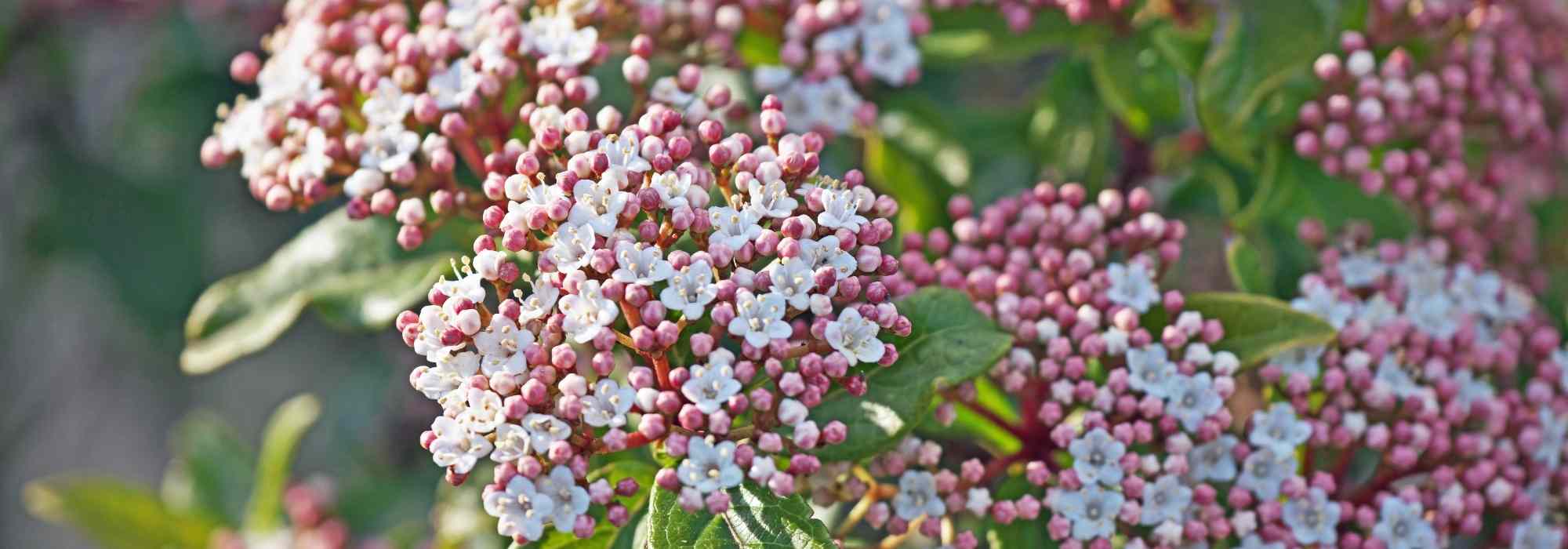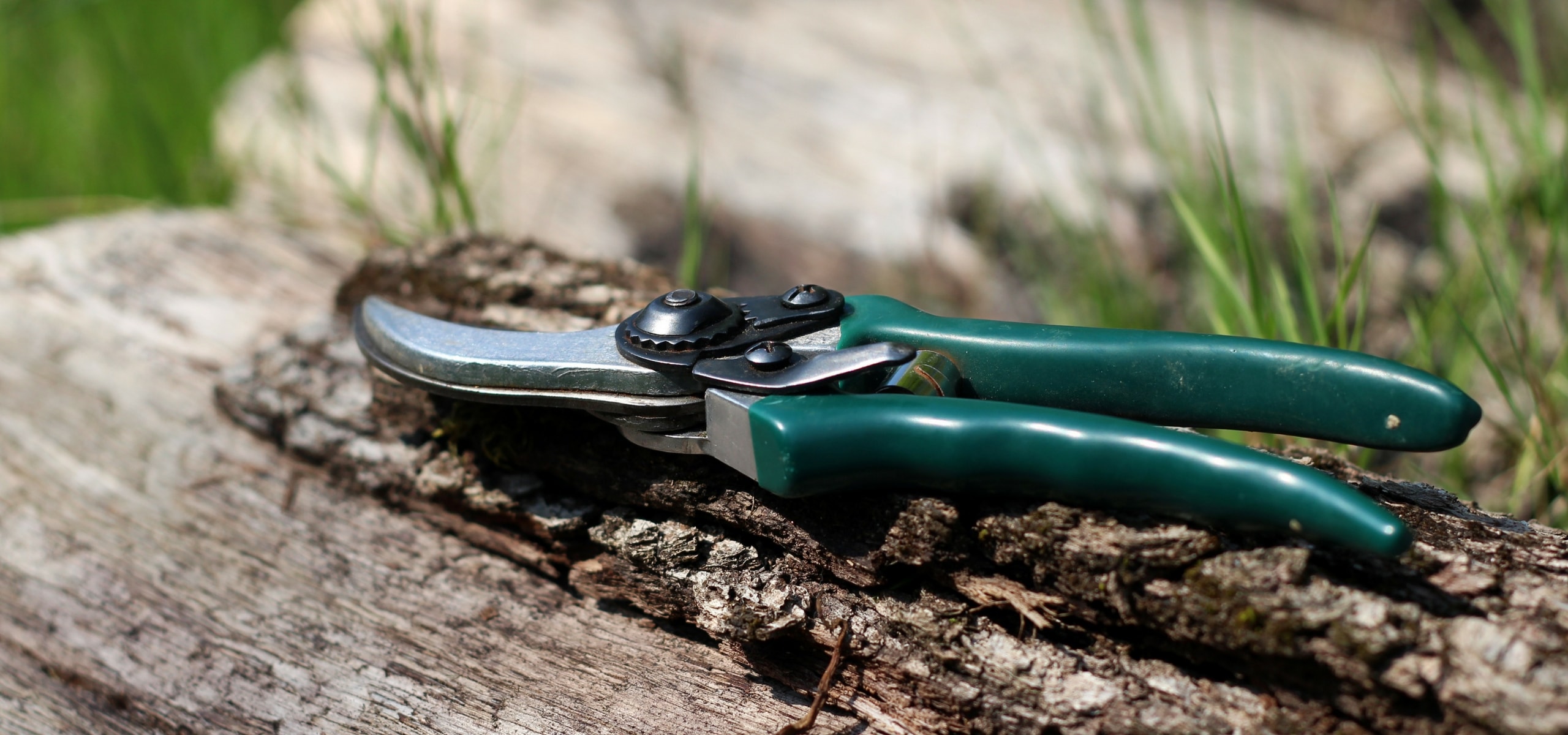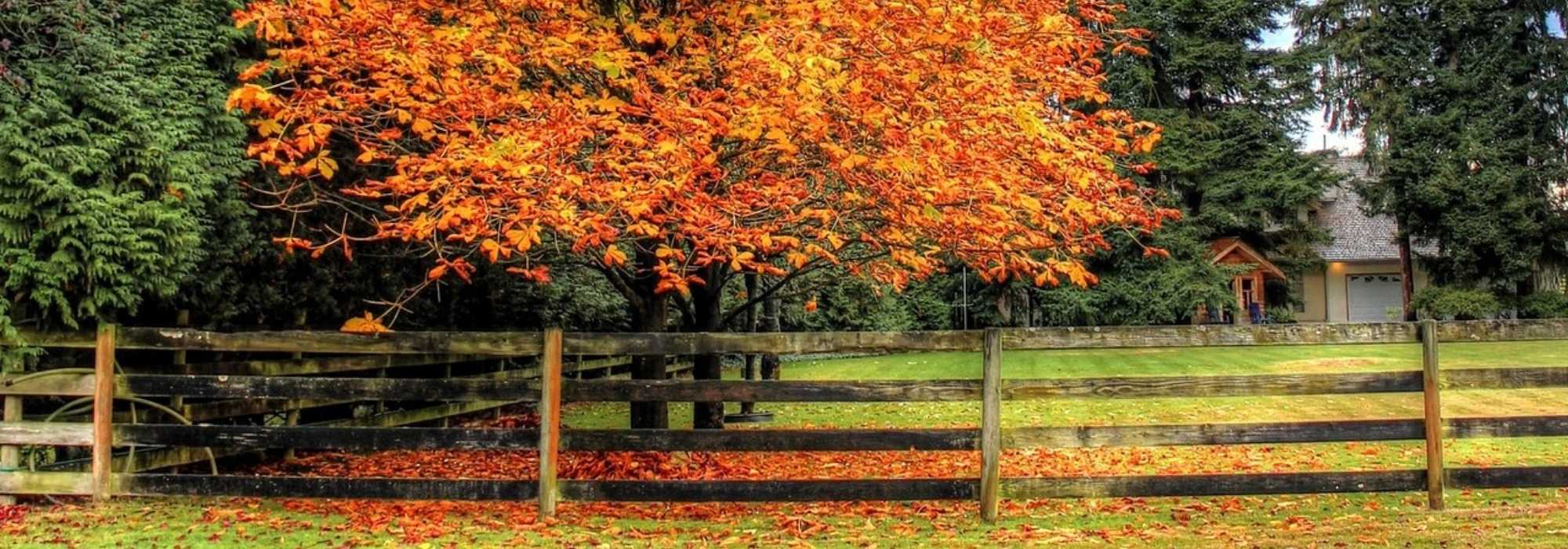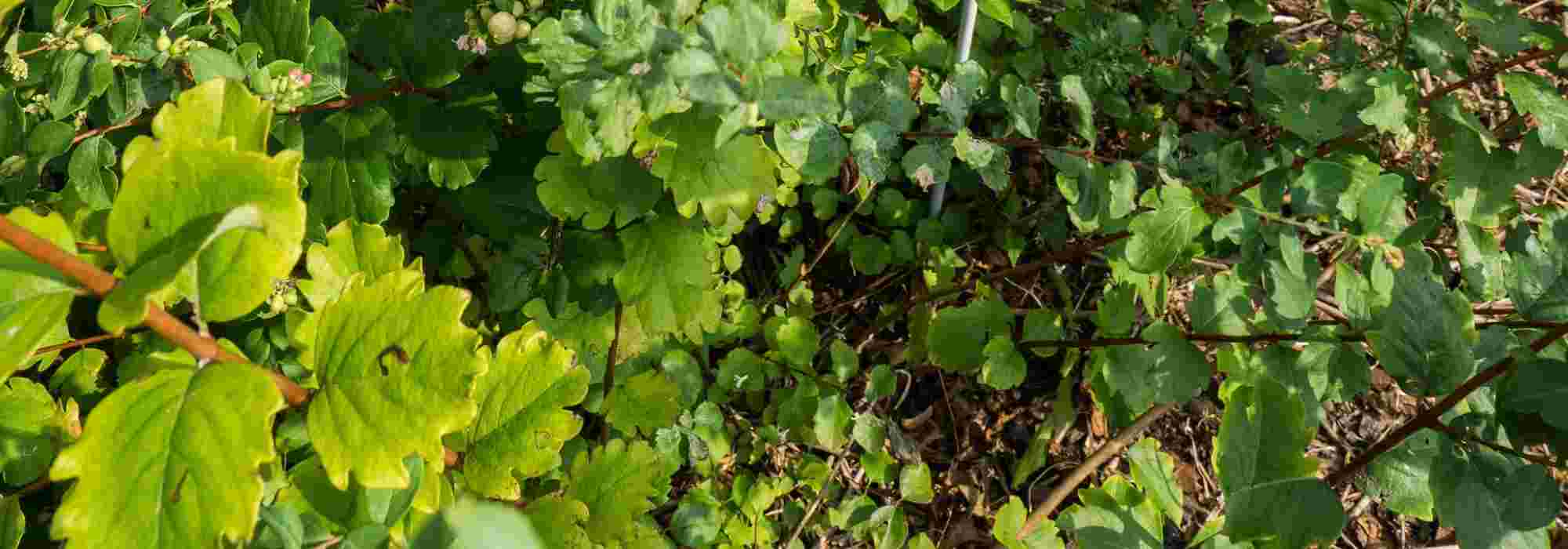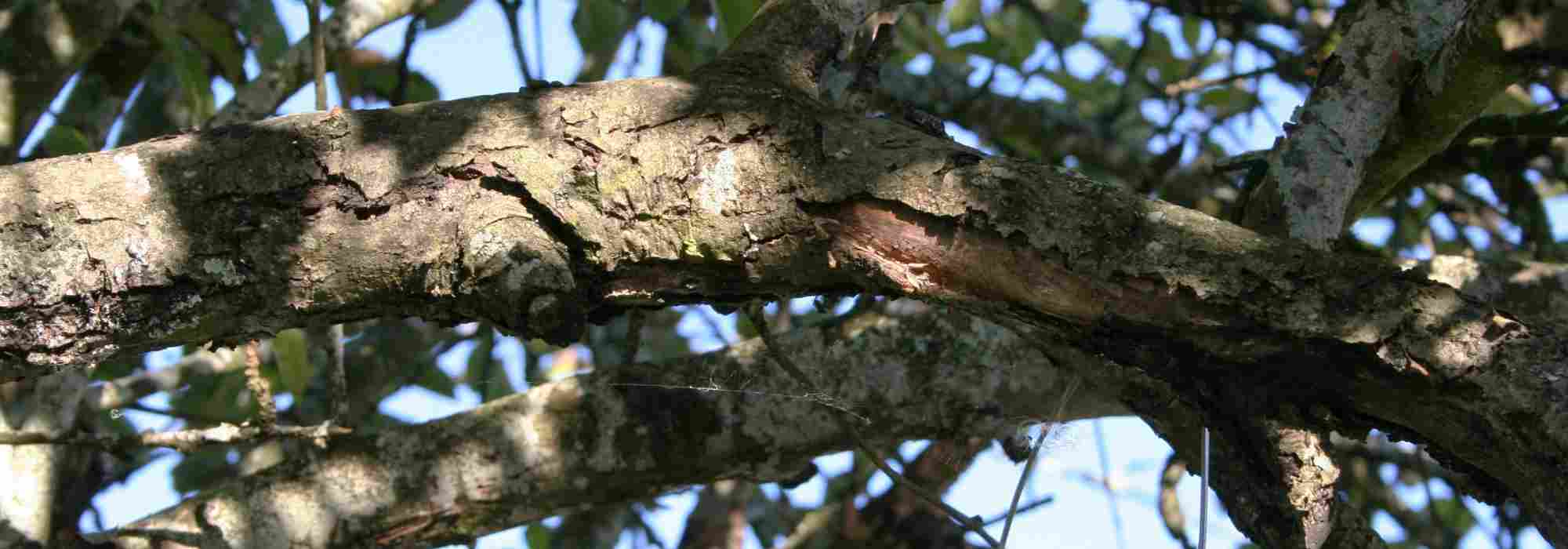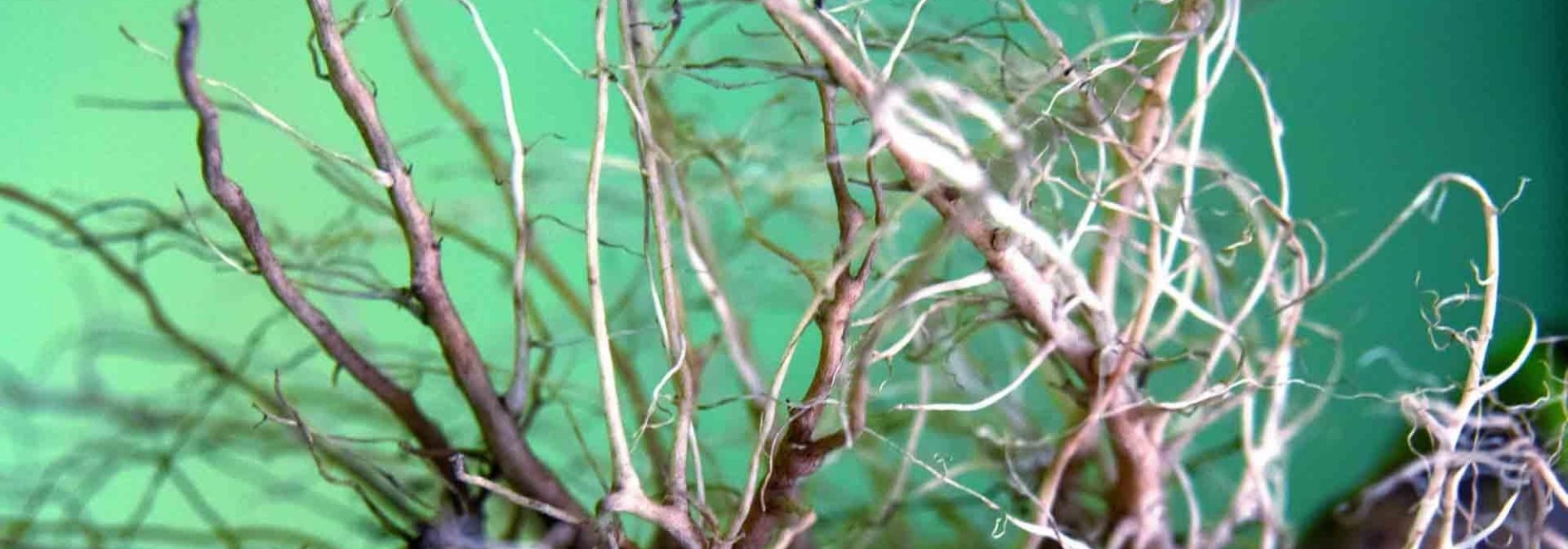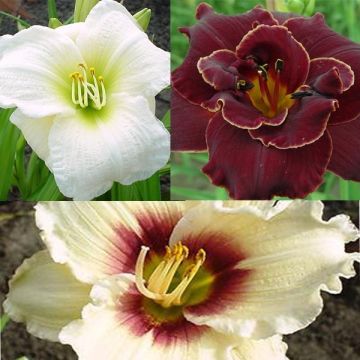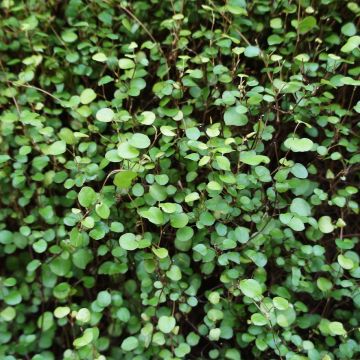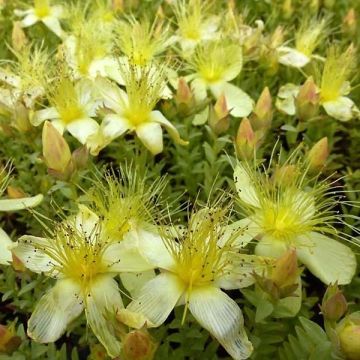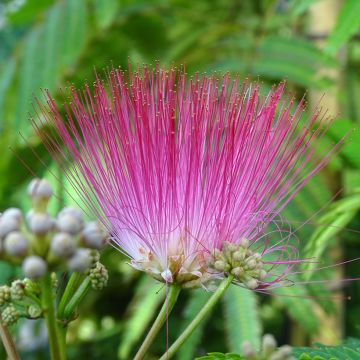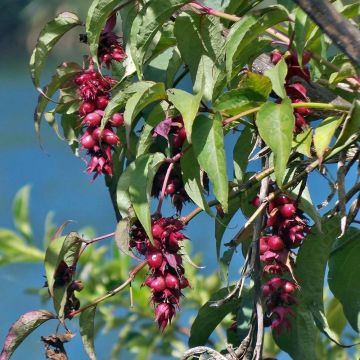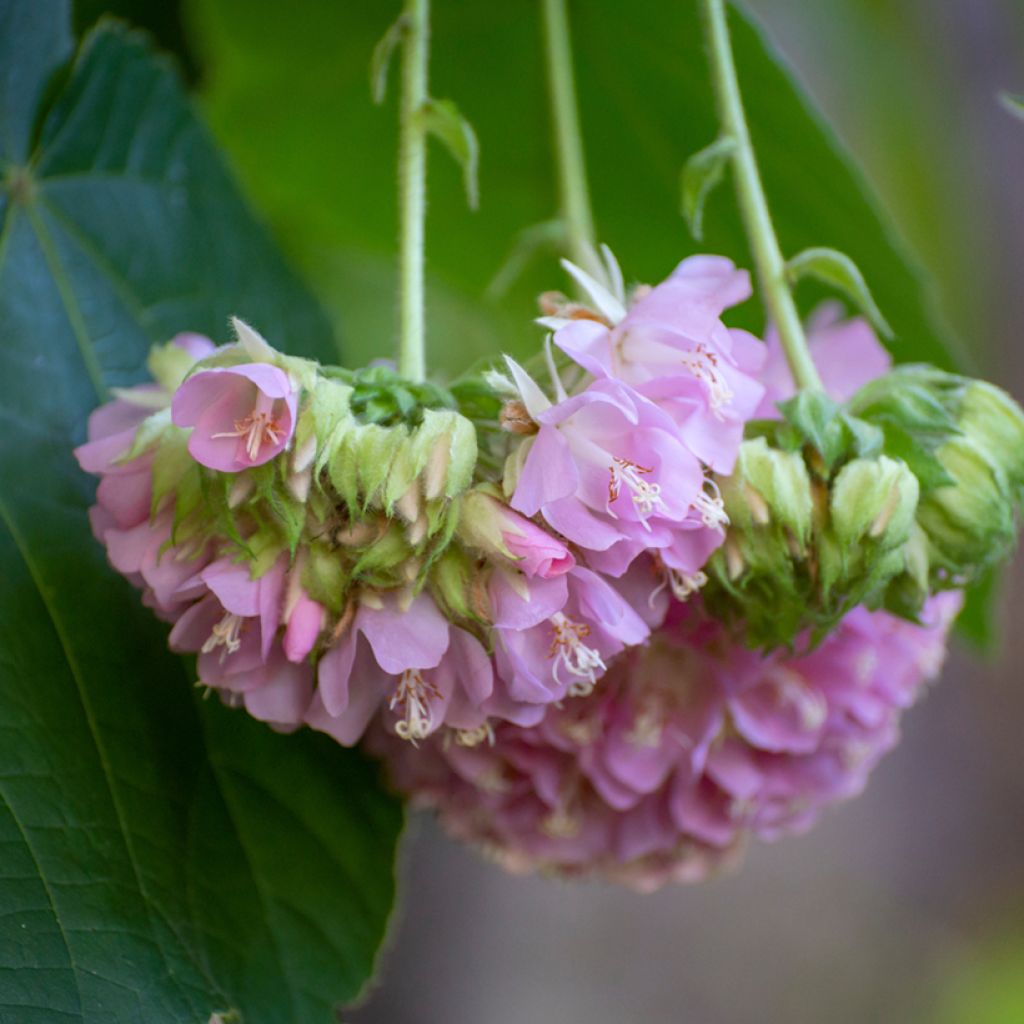

Dombeya x cayeuxii
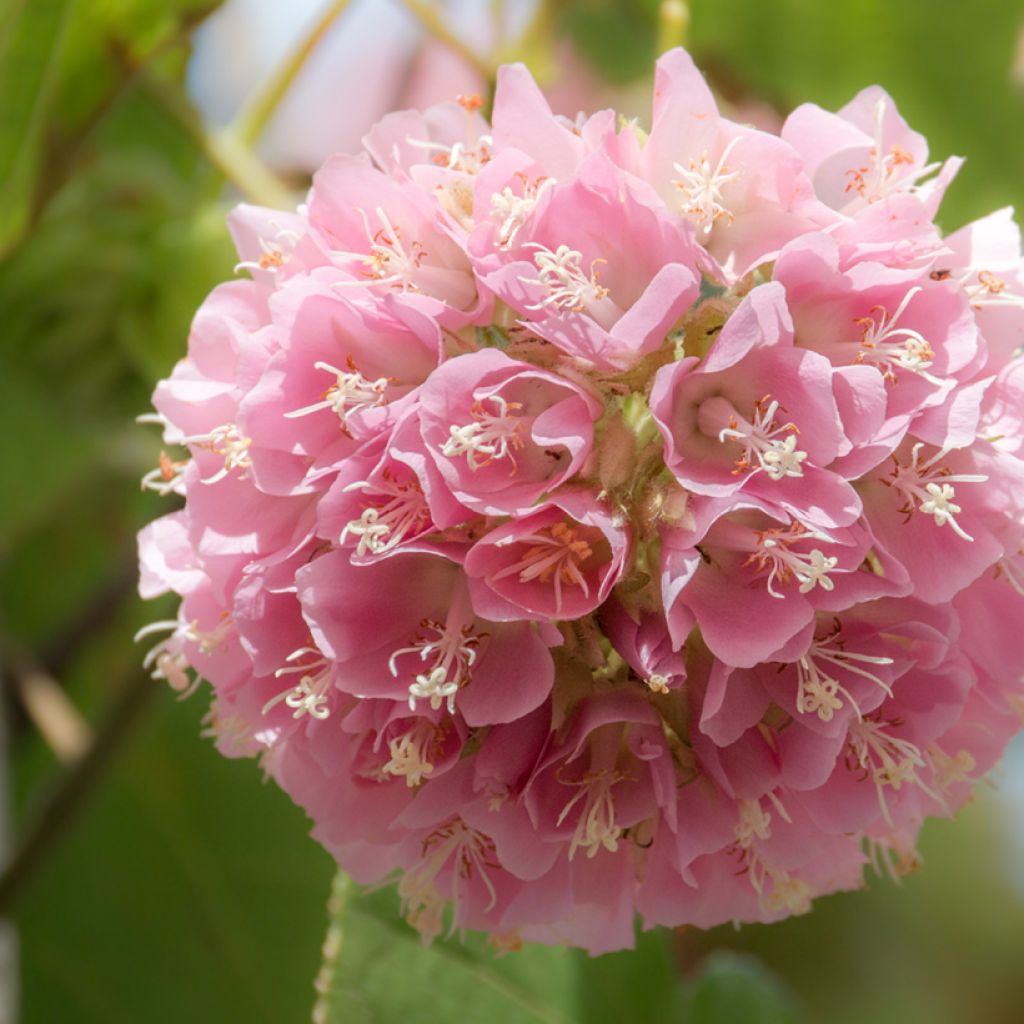

Dombeya x cayeuxii
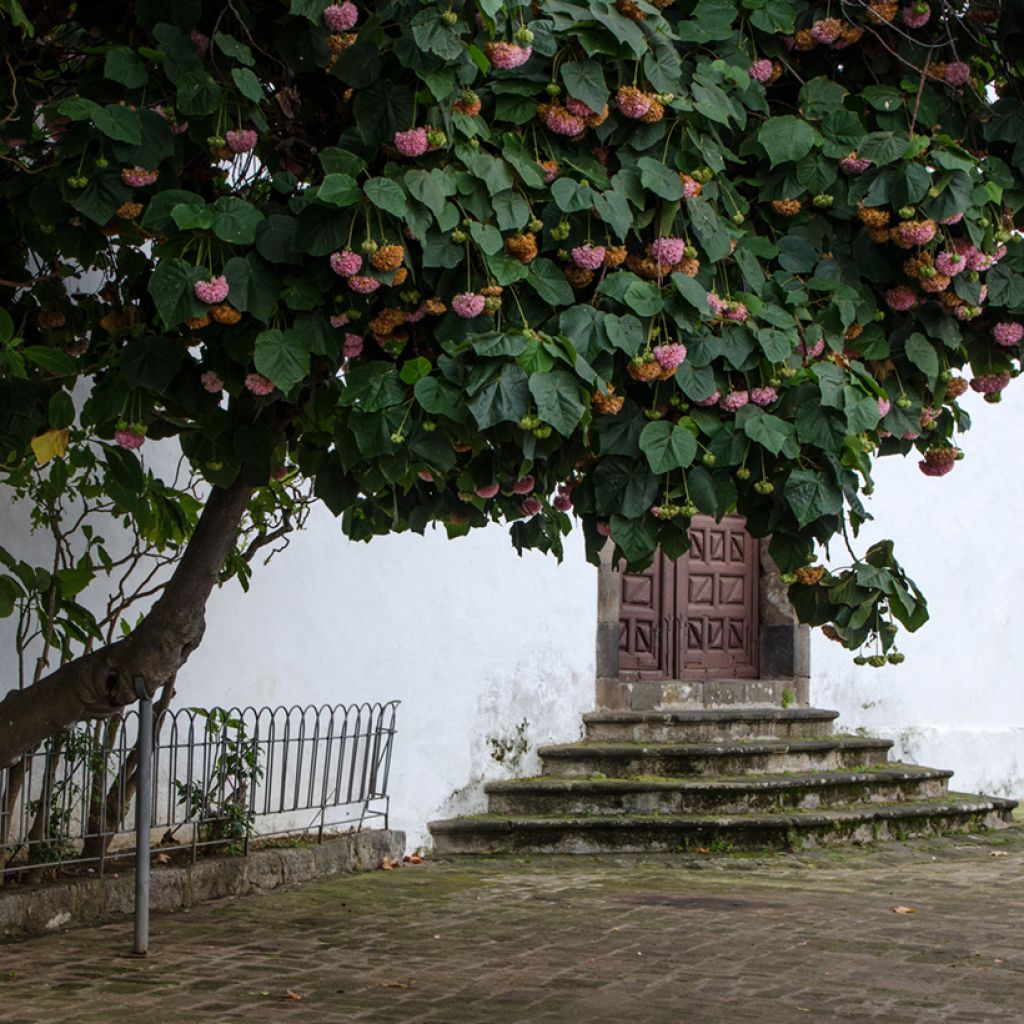

Dombeya x cayeuxii
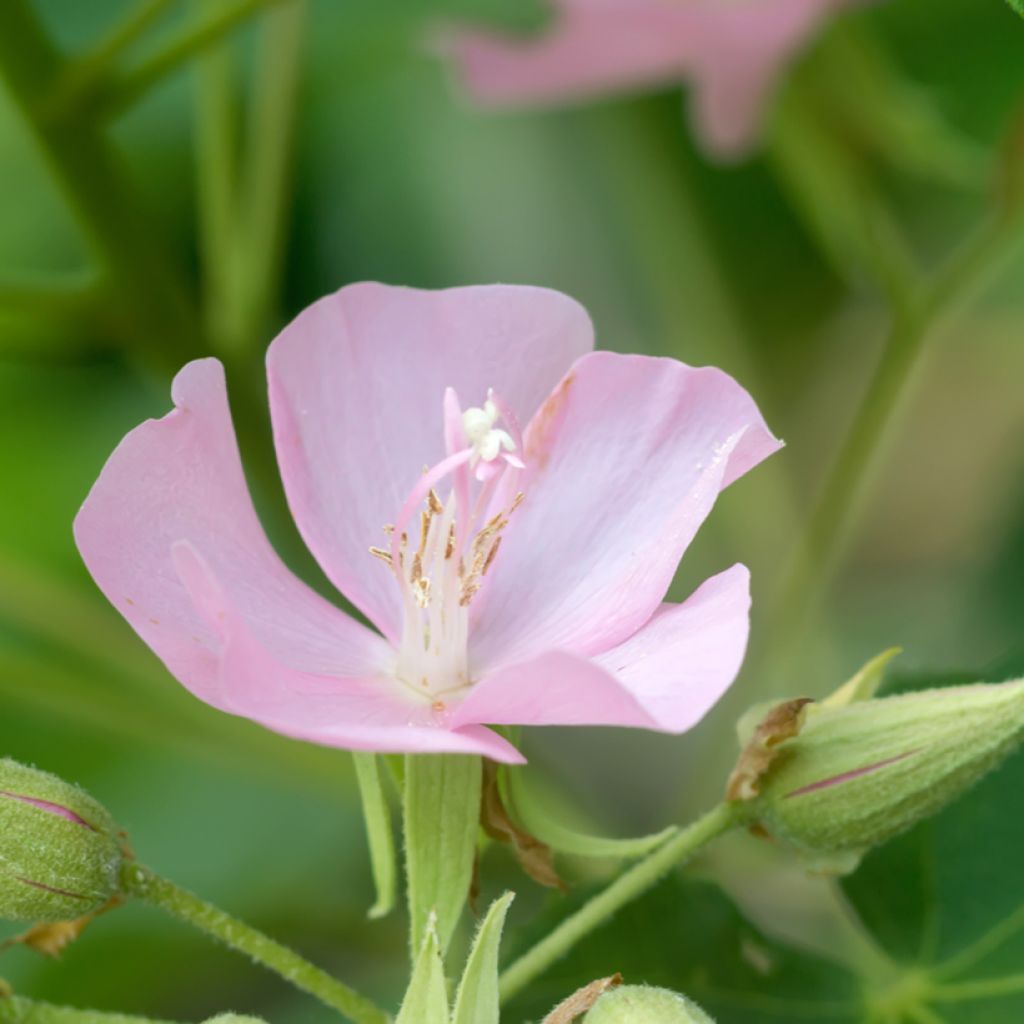

Dombeya x cayeuxii
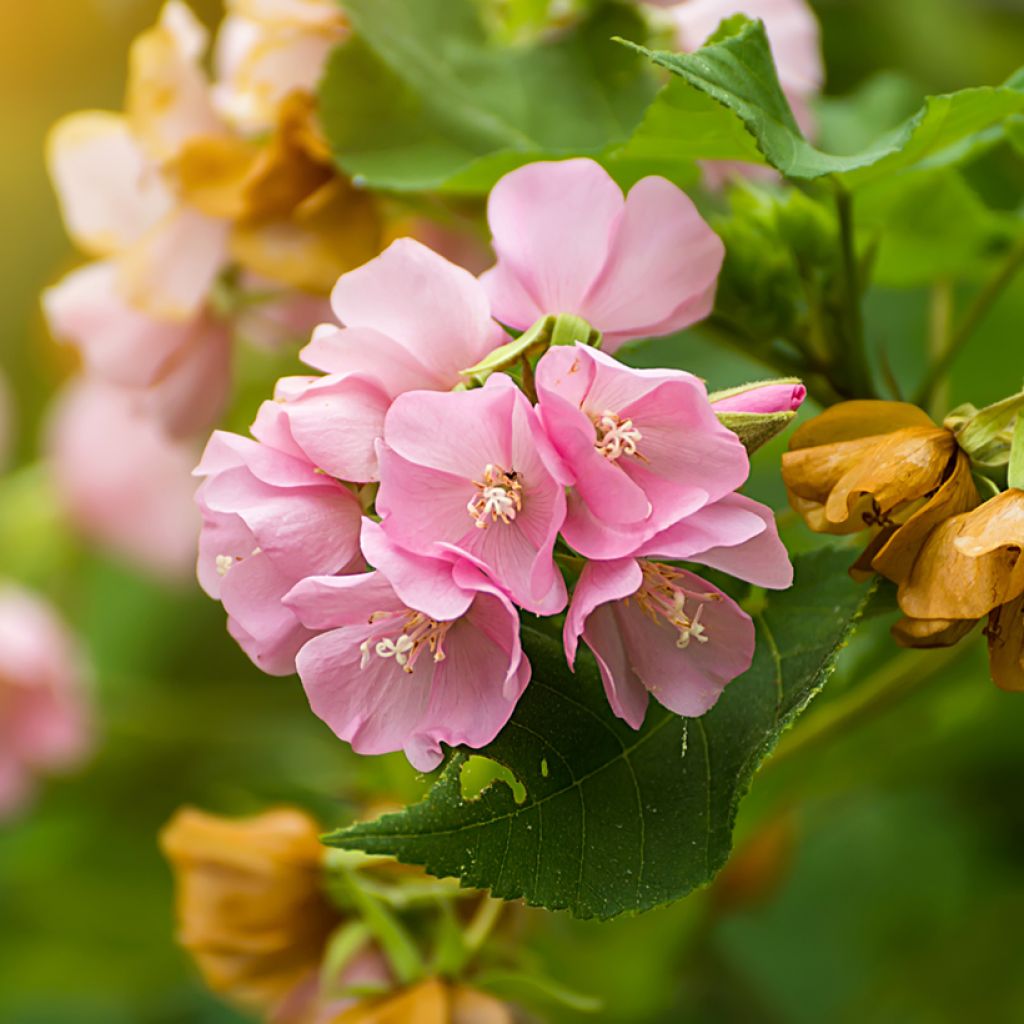

Dombeya x cayeuxii
Dombeya x cayeuxii
Dombeya x cayeuxii
Special offer!
Receive a €20 voucher for any order over €90 (excluding delivery costs, credit notes, and plastic-free options)!
1- Add your favorite plants to your cart.
2- Once you have reached €90, confirm your order (you can even choose the delivery date!).
3- As soon as your order is shipped, you will receive an email containing your voucher code, valid for 3 months (90 days).
Your voucher is unique and can only be used once, for any order with a minimum value of €20, excluding delivery costs.
Can be combined with other current offers, non-divisible and non-refundable.
Why not try an alternative variety in stock?
View all →This plant carries a 24 months recovery warranty
More information
We guarantee the quality of our plants for a full growing cycle, and will replace at our expense any plant that fails to recover under normal climatic and planting conditions.
Does this plant fit my garden?
Set up your Plantfit profile →
Description
Dombeya x cayeuxii, nicknamed the Tropical Hydrangea, is an ornamental bush with irresistible exotic charm. Valued for its long winter flowering, it is adorned with bright pink flowers with a delicate fragrance, gathered in clusters and hanging from the stems. This vigorous bush, which can also form a small tree, also bears large decorative palmate leaves. Apart from its low resistance to frost and wind, Dombeya x cayeuxii is not difficult to cultivate in full sun or partial shade, in any well-drained soil. In a well-sheltered coastal garden, it can be planted as a standalone feature, nestled against a protective wall. Elsewhere, grow it in a large pot on the terrace, to be moved indoors in winter.
Dombeya x cayeuxii is a horticultural hybrid belonging to the Malvaceae family. It results from the cross-breeding between Dombeya wallichii and D. burgessiae, two species native to Madagascar and East Africa respectively. This hybrid was created in 1895 by H.A.F. Cayeux in Lisbon, Portugal. Compared to its parents, Dombeya x cayeuxii stands out for its more abundant flowering and better adaptation to temperate climates.
This vigorous shrub has a rounded, bushy habit, reaching 4 to 6 m in height and spread at maturity, when planted in the ground and left unpruned. It can also be trained into a small tree with a single trunk through appropriate pruning. When grown in a pot, its growth will be much more modest. Its growth is rapid, reaching its mature size in just a few years. The leaves are evergreen in winter if there is no frost. They are large, up to 20 cm long. They are generally trilobed and dark green with a slightly fuzzy texture. The sturdy, branched stems are covered in smooth, light brown bark.
The spectacular flowering occurs from late autumn to early spring. The inflorescences of Dombeya x cayeuxii are particularly notable for their structure and appearance. They take the form of pendulous hemispherical panicles, measuring between 12 and 15 cm in diameter. Each panicle is composed of a multitude of small individual flowers, each about 2 to 3 cm in diameter. The fairly bright pink flowers have 5 rounded petals and cluster into dense spheres, resembling pink snowballs. The flowers emit a sweet fragrance. The fruits, rarely seen in this hybrid, are dry, lightweight capsules. The root system of the Dombeya is fibrous and shallow, which facilitates transplantation but requires protection against wind. Its leaves are also very sensitive to wind and salt spray.
Dombeya x cayeuxii is a tropical bush that thrives in full sun but also tolerates partial shade. It prefers rich, well-drained, fertile soils that are not too dry. Adapted to USDA zones 9b to 11, its crown can withstand minimum temperatures around -3.8°C. The above-ground vegetation is destroyed as soon as frost occurs.
This "tropical hydrangea" can be used as a standalone specimen to become the focal point of a small, very sheltered coastal garden, as it deserves. Paired with other tropical plants, it creates wonderfully exotic scenes. Its combination with Calliandra surinamensis (Powderpuff Tree) with its pink and white tufts is perfect. Hibiscus rosa-sinensis (Chinese Hibiscus) adds an extra tropical touch with its large, colourful flowers. Callistemon viminalis 'Bright Pink', which produces pink bottlebrush flowers, will extend the flowering period between May and September. In regions with colder winters, it makes a very beautiful plant for an orangery, conservatory, or lightly heated greenhouse.
Dombeya x cayeuxii in pictures




Plant habit
Flowering
Foliage
Botanical data
Dombeya
x cayeuxii
Malvaceae
Cultivar or hybrid
Other Shrubs A to Z
View all →Planting and care
Dombeya x cayeuxii is a tropical bush that is sensitive to cold and wind. It can be grown in the ground where frosts are rare and mild, but it is generally cultivated in pots.
In the ground: Plant Dombeya x cayeuxii in rich, well-drained, and fertile soil. A sunny position is ideal, though it also tolerates partial shade. Avoid windy spots, as its evergreen foliage is highly sensitive. Regarding its hardiness, the crown of this bush can withstand minimum temperatures around -3.8°C. Its above-ground growth and flowers are damaged by frost. In regions with very mild winters, it can be grown outdoors with light winter protection during exceptionally cold spells.
In pots: Dombeya x cayeuxii adapts well to container cultivation. Use a substrate made of rich compost mixed with perlite or sand to ensure good drainage. Place the pot in a sunny, sheltered spot. In winter, bring the plant indoors to a greenhouse, conservatory, or bright room where temperatures do not drop below 5°C. Water moderately, keeping the substrate slightly moist but avoiding excess to prevent root rot.
In both cases, light pruning after flowering can be done to maintain a balanced shape and encourage abundant flowering the following year. An application of organic fertiliser in early spring will support its vigorous growth.
Planting period
Intended location
Care
Planting & care advice
This item has not been reviewed yet - be the first to leave a review about it.
Similar products
Haven't found what you were looking for?
Hardiness is the lowest winter temperature a plant can endure without suffering serious damage or even dying. However, hardiness is affected by location (a sheltered area, such as a patio), protection (winter cover) and soil type (hardiness is improved by well-drained soil).

Photo Sharing Terms & Conditions
In order to encourage gardeners to interact and share their experiences, Promesse de fleurs offers various media enabling content to be uploaded onto its Site - in particular via the ‘Photo sharing’ module.
The User agrees to refrain from:
- Posting any content that is illegal, prejudicial, insulting, racist, inciteful to hatred, revisionist, contrary to public decency, that infringes on privacy or on the privacy rights of third parties, in particular the publicity rights of persons and goods, intellectual property rights, or the right to privacy.
- Submitting content on behalf of a third party;
- Impersonate the identity of a third party and/or publish any personal information about a third party;
In general, the User undertakes to refrain from any unethical behaviour.
All Content (in particular text, comments, files, images, photos, videos, creative works, etc.), which may be subject to property or intellectual property rights, image or other private rights, shall remain the property of the User, subject to the limited rights granted by the terms of the licence granted by Promesse de fleurs as stated below. Users are at liberty to publish or not to publish such Content on the Site, notably via the ‘Photo Sharing’ facility, and accept that this Content shall be made public and freely accessible, notably on the Internet.
Users further acknowledge, undertake to have ,and guarantee that they hold all necessary rights and permissions to publish such material on the Site, in particular with regard to the legislation in force pertaining to any privacy, property, intellectual property, image, or contractual rights, or rights of any other nature. By publishing such Content on the Site, Users acknowledge accepting full liability as publishers of the Content within the meaning of the law, and grant Promesse de fleurs, free of charge, an inclusive, worldwide licence for the said Content for the entire duration of its publication, including all reproduction, representation, up/downloading, displaying, performing, transmission, and storage rights.
Users also grant permission for their name to be linked to the Content and accept that this link may not always be made available.
By engaging in posting material, Users consent to their Content becoming automatically accessible on the Internet, in particular on other sites and/or blogs and/or web pages of the Promesse de fleurs site, including in particular social pages and the Promesse de fleurs catalogue.
Users may secure the removal of entrusted content free of charge by issuing a simple request via our contact form.
The flowering period indicated on our website applies to countries and regions located in USDA zone 8 (France, the United Kingdom, Ireland, the Netherlands, etc.)
It will vary according to where you live:
- In zones 9 to 10 (Italy, Spain, Greece, etc.), flowering will occur about 2 to 4 weeks earlier.
- In zones 6 to 7 (Germany, Poland, Slovenia, and lower mountainous regions), flowering will be delayed by 2 to 3 weeks.
- In zone 5 (Central Europe, Scandinavia), blooming will be delayed by 3 to 5 weeks.
In temperate climates, pruning of spring-flowering shrubs (forsythia, spireas, etc.) should be done just after flowering.
Pruning of summer-flowering shrubs (Indian Lilac, Perovskia, etc.) can be done in winter or spring.
In cold regions as well as with frost-sensitive plants, avoid pruning too early when severe frosts may still occur.
The planting period indicated on our website applies to countries and regions located in USDA zone 8 (France, United Kingdom, Ireland, Netherlands).
It will vary according to where you live:
- In Mediterranean zones (Marseille, Madrid, Milan, etc.), autumn and winter are the best planting periods.
- In continental zones (Strasbourg, Munich, Vienna, etc.), delay planting by 2 to 3 weeks in spring and bring it forward by 2 to 4 weeks in autumn.
- In mountainous regions (the Alps, Pyrenees, Carpathians, etc.), it is best to plant in late spring (May-June) or late summer (August-September).
The harvesting period indicated on our website applies to countries and regions in USDA zone 8 (France, England, Ireland, the Netherlands).
In colder areas (Scandinavia, Poland, Austria...) fruit and vegetable harvests are likely to be delayed by 3-4 weeks.
In warmer areas (Italy, Spain, Greece, etc.), harvesting will probably take place earlier, depending on weather conditions.
The sowing periods indicated on our website apply to countries and regions within USDA Zone 8 (France, UK, Ireland, Netherlands).
In colder areas (Scandinavia, Poland, Austria...), delay any outdoor sowing by 3-4 weeks, or sow under glass.
In warmer climes (Italy, Spain, Greece, etc.), bring outdoor sowing forward by a few weeks.






























